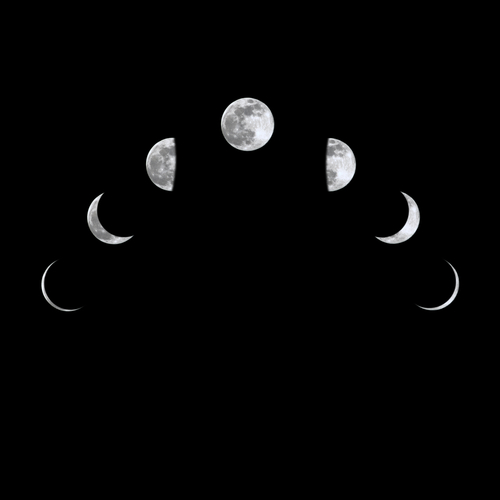
Customer evolution is the full-circle sales cycle in which prospects evolve into customers, then become returning customers, then turn into former customers, who eventually evolve back into prospects. Learning how to to understand this process and prevent the disheartening close of the loop where you release your customer back out into the wild—like a baby bird you’ve nursed back to health—is critical to improve overall sales productivity.
Prospect
A prospect is someone with a need for your product/services, has an operating budget that includes money ear marked for your product, has urgency, and is the person who can pull the trigger to buy. Prospects are new to your business. They want to know what your offering helps them do, how much it costs and why, how it’s different from your competitors, and a whole slew of information about why an investment is worth their time and money.
Customer
Once you’ve nurtured your prospect into becoming a customer you’ve entered the glory phase. The relationship is new and exciting. Customers no longer want to know what your product does; they want to know how to use it. They require training and service.
Returning Customer
Customers who buy from you twice require a lot less work than new customers: they don’t need to know what your products and services do – they already know – and that saves you a lot of sales time and money. Returning customers want to know how your products and services continue to grow. They want to know how your company is doing financially. They’ve already invested in you, so they want to know whether or not a future investment is worthwhile. They care about your brand, and what being your customers implies for them. They also deserve special treatment. Returning customers want your loyalty as much as they want yours. Collect their feedback about your products and services, give them special offers, and do everything you can to turn them into brand evangelists.
Former Customer
There is a reason to never take your loyal/returning customers for granted—they are never a guarantee. You could be invited to Thanksgiving at their house one day then be replaced by another vendor with lower margins a couple months down the road. The most common reasons for customer attrition are: lower-margin competitors, sales rep turnover (aka “I don’t like the new guy”) and customer-service issues (76% of decision makers have changed existing vendors due to customer service issues). When you’ve lost a customer, they eventually become a prospect again. As your products and services evolve, so do your customers. What isn’t a good fit now may be a great fit in two years. Never alienate a former customer – you never when they’ll be back in the pipeline.
Read more: